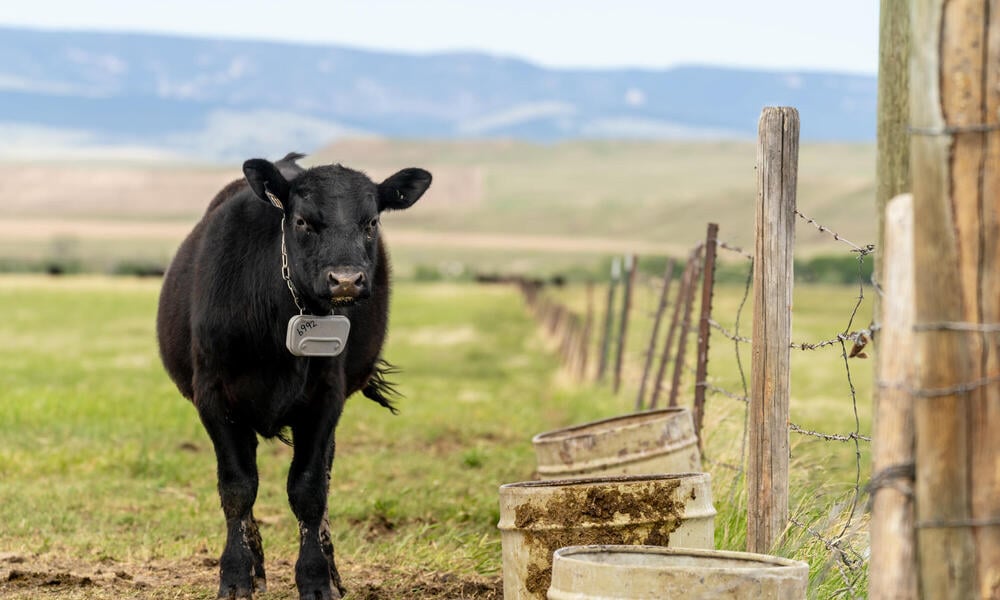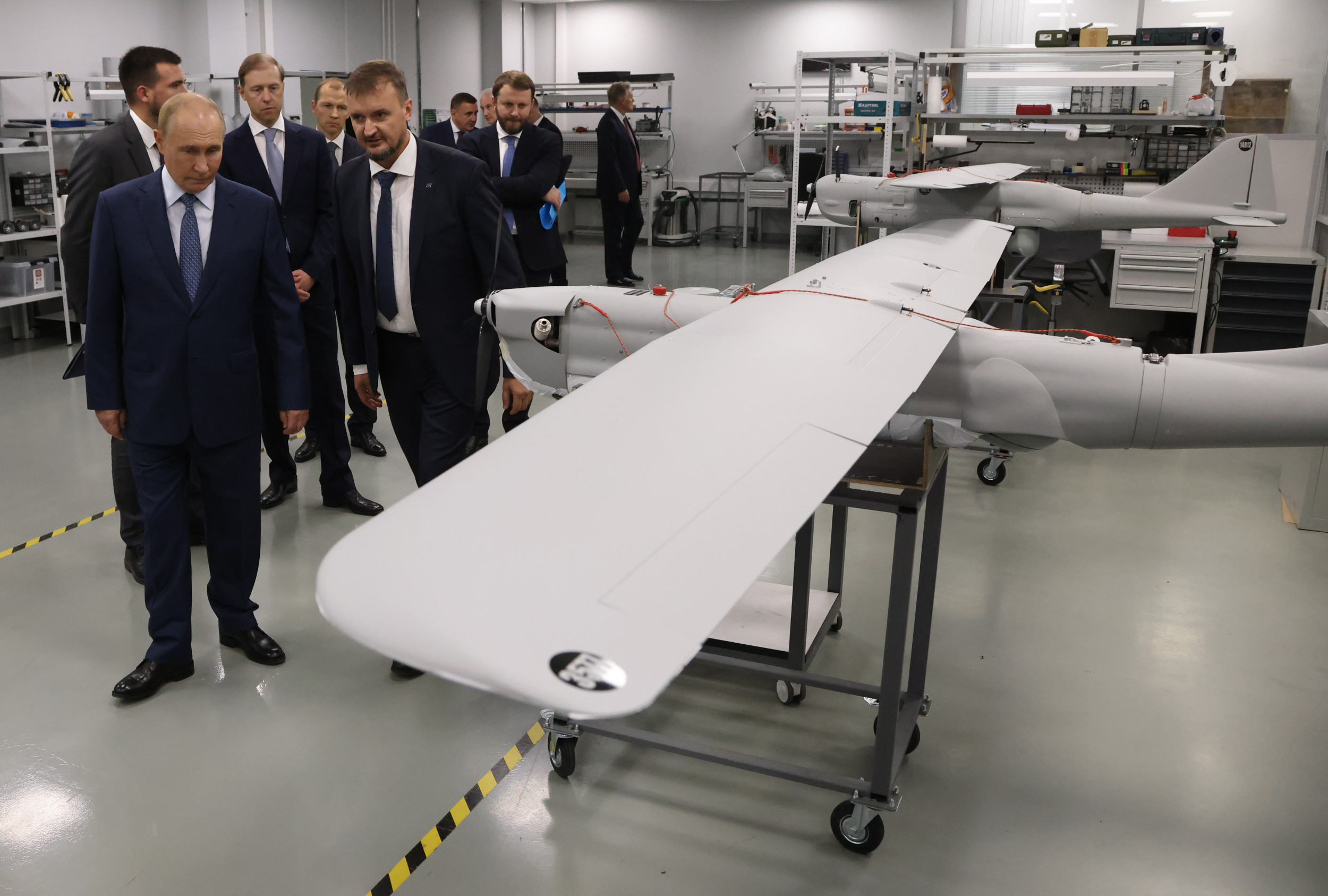Tech Breakthrough: Virtual Fencing Could Save Wildlife Corridors on the Great Plains

The vast landscapes of the Great Plains are vital for wildlife migration, but traditional fencing has long posed a significant barrier, fragmenting habitats and hindering the movement of animals. Now, a promising new technology – virtual fencing – offers a potential solution, sparking hope for conservation efforts across the region.
What is Virtual Fencing?
Unlike physical fences, virtual fencing uses GPS technology and a smartphone app to define boundaries for livestock. Cattle wear smart collars that deliver an audio and electrical stimulus when they approach the designated virtual fence line. This encourages them to turn back without the need for a physical barrier. The system allows farmers to manage their livestock remotely, adjusting fence lines as needed to adapt to changing conditions or seasonal migration patterns.
Why is This Important for Wildlife?
The Great Plains are home to a diverse range of wildlife, including migratory birds, pronghorn antelope, bison, and deer. These animals rely on interconnected corridors to access food, water, and breeding grounds. Traditional fences disrupt these corridors, isolating populations and increasing the risk of vehicle collisions. Virtual fencing offers a way to restore these connections, allowing wildlife to move freely while still enabling ranchers to manage their herds effectively.
Benefits Beyond Wildlife Conservation
The advantages of virtual fencing extend beyond wildlife conservation. For ranchers, it can reduce infrastructure costs associated with building and maintaining physical fences, which are often expensive and time-consuming. It also allows for more flexible grazing management, enabling ranchers to adapt to drought conditions or improve pasture health. Furthermore, virtual fencing can improve animal welfare by reducing stress and injuries associated with traditional fencing.
Challenges and Future Outlook
While virtual fencing holds immense promise, there are still challenges to overcome. The initial investment in collars and technology can be a barrier for some ranchers. The effectiveness of the system also depends on factors such as terrain, weather conditions, and the behaviour of the livestock. Ongoing research and development are focused on improving collar reliability, expanding the range of compatible livestock, and refining the software to optimize fence management.
Several pilot programs across the Great Plains are already demonstrating the potential of virtual fencing. As the technology matures and becomes more accessible, it’s likely to play an increasingly important role in balancing agricultural practices with wildlife conservation. The prospect of restoring vital wildlife corridors while supporting sustainable ranching practices is a win-win scenario for both people and the environment.
Ultimately, virtual fencing represents a significant step towards a more harmonious coexistence between agriculture and wildlife on the Great Plains, offering a glimpse of a future where fences are less of a barrier and more of a flexible tool for managing landscapes.





